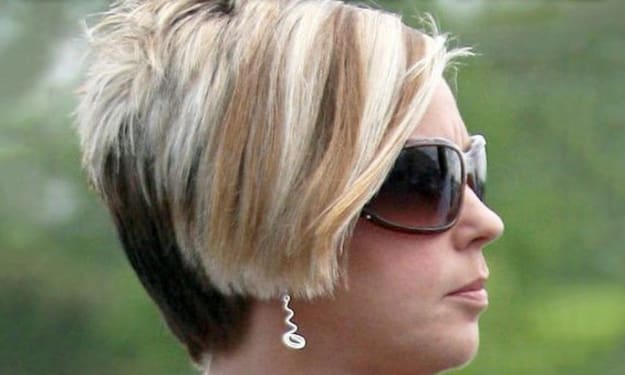Symptoms of Trypophobia
Emotional Symptoms:

Trypophobia, the fear of clusters of small holes or bumps, can trigger a cascade of unpleasant emotions and physical reactions. While the exact cause of this phobia remains elusive, understanding its symptoms can help those who experience it and those who want to support them.
Emotional Symptoms:
Disgust: This is often the primary emotion associated with trypophobia. The sight of trigger images can evoke a deep sense of revulsion and aversion.
Anxiety: The visual discomfort can quickly escalate into anxiety, leading to feelings of unease, worry, and dread.
Fear: Though fear might be a lesser component compared to disgust, some individuals experience genuine fear when encountering trypophobic triggers. This fear might stem from an association with potential harm or disease.
Distress: The combination of disgust, anxiety, and fear can culminate in significant emotional distress, impacting a person's well-being.
Physical Symptoms:
Skin crawling sensation: A common reaction is a feeling of insects crawling beneath the skin, often described as a prickling or itching sensation.
Goosebumps: The body's piloerection reflex can cause goosebumps to erupt, a physiological response to perceived danger or discomfort.
Sweating: Increased perspiration is a common reaction to anxiety triggered by trypophobic stimuli.
Nausea and vomiting: In severe cases, the intense aversion can lead to feelings of nausea and even vomiting.
Rapid heart rate and breathing: The body's fight-or-flight response can kick in, causing a racing heart and rapid breathing.
Dizziness and lightheadedness: The surge of adrenaline and anxiety can sometimes lead to feelings of dizziness or lightheadedness.
Visual discomfort: Some individuals report experiencing eye strain, distorted vision, or even illusions when confronted with trypophobic patterns.
Behavioral Symptoms:
Avoidance: The most common behavioral response is avoidance. People with trypophobia will actively try to avoid situations or objects that might trigger their symptoms. This can involve avoiding certain foods, textures, animals, or even images online.
Intrusive thoughts: In some cases, the aversion can lead to intrusive thoughts about trypophobic patterns, further escalating anxiety.
Compulsions: In rare instances, individuals might develop compulsive behaviors related to trypophobia, such as picking at their skin or seeking constant reassurance that they are not exposed to triggers.
Severity Spectrum:
The severity of trypophobia symptoms can vary greatly from person to person. Some people might experience mild discomfort, while others might have full-blown panic attacks triggered by exposure. The level of impairment in daily life also plays a role in determining the severity. If trypophobia significantly hinders your ability to function normally, it's important to seek professional help.
Important Considerations:
Not everyone who dislikes clusters of holes has trypophobia. Dislike is common, but a true phobia involves a significant level of fear, anxiety, and distress.
Images of trypophobic triggers can be disturbing for some, so it's best to avoid including them in discussions unless absolutely necessary.
If you suspect you or someone you know has trypophobia, a mental health professional can provide diagnosis and support. There are effective strategies for managing anxiety and reducing the impact of phobias.
Remember: Trypophobia is not a sign of weakness. With understanding and appropriate support, individuals with trypophobia can learn to manage their symptoms and live fulfilling lives.
Trypophobia is an aversion to clusters of small holes or bumps. The sight of trigger images can evoke a deep sense of revulsion and anxiety. Here are some images that can trigger trypophobia:
The exact cause of trypophobia is unknown, but some experts believe that it may be an evolutionary response to things that could be harmful, such as poisonous animals or diseases. People with trypophobia may experience anxiety, disgust, or even nausea when they see things like honeycomb, bubble wrap, or lotus seed pods.
If you think you might have trypophobia, there is no need to be afraid. Trypophobia is not a serious condition and there is no treatment necessary. However, if you find that your trypophobia is interfering with your daily life, you can talk to a therapist about ways to manage your anxiety.
About the Creator
Moharif Yulianto
a freelance writer and thesis preparation in his country, youtube content creator, facebook
Enjoyed the story? Support the Creator.
Subscribe for free to receive all their stories in your feed. You could also pledge your support or give them a one-off tip, letting them know you appreciate their work.






Comments (1)
https://vocal.media/stories?status=published